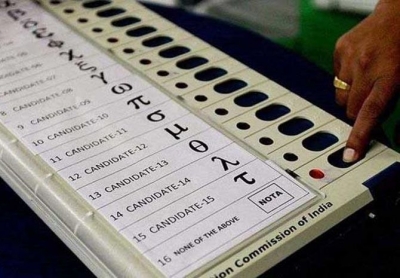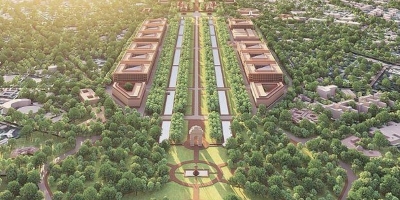What is NOTA?

It was reported that the NOTA option had very few takers in the recent assembly polls in Tamil Nadu, Kerala, West Bengal, Assam, and Puducherry. But what is NOTA? Let’s find out.
NOTA stands for “None of the above”. It is a ballot option in direct elections that allows the voter to indicate disapproval of all the candidates in the electoral fray. It enables the voter to cast a negative vote without compromising the secrecy of their decision. In other words, it encourages voters to express their dissent against all contestants in a democratic way, rather than boycotting elections altogether. It is based on the principle that when the citizens have the right to vote, they also have the right to reject. If a voter presses the NOTA button on the EVM, it means the individual has not voted for any party/candidate. Though NOTA votes are counted, they are considered invalid, and hence will not impact the results of an election. This, experts feel, renders and NOTA meaningless.
When was NOTA introduced?
The ‘NOTA’ option on the Electronic Voting Machine (EVM) was introduced in our electoral system in the year 2013 on the directions of the Supreme Court which hoped that NOTA would force political parties to choose better candidates. NOTA has its own symbol - a ballot paper with a black cross across it. After the Supreme Court order in September 2013 the Election Commission of India, responsible for holding free and fair elections in the country, added the NOTA button on the EVMs as the last option on the voting panel.
What was the practice earlier?
Earlier when ballot papers were in use, voters had the choice of dropping the ballot box without marking their choice of candidate or marking against multiple options, indicating their rejection of all fielded candidates. These were regarded as null votes. Before the introduction of the NOTA option, those not inclined to vote for any candidate had the option of filling what is popularly called ‘Form 49–O’. But filling the form at the polling booth violated the secrecy of the ballot.
What happens if NOTA wins?
In India, if NOTA gets maximum votes in an election, the election is not cancelled; the next highest scorer wins. The Election Commission does not hold free polls if the majority of the electorate exercises the NOTA option.
Fact file
- The NOTA option on the EVM has its own symbol - a ballot paper with a black cross across it.
- The NOTA option was first used in the 2013 Assembly elections held in the states of Chhattisgarh, Mizoram, Rajasthan, and Madhya Pradesh, and the former Union Territory of Delhi.
- Negative voting is in practice in countries such as France, Belgium, Brazil, Greece, Ukraine, Chile, Bangladesh, Finland, Colombia, Spain, and Sweden. India, by introducing NOTA in 2013, became the 14th country to adopt this practice.
Picture Credit : Google
